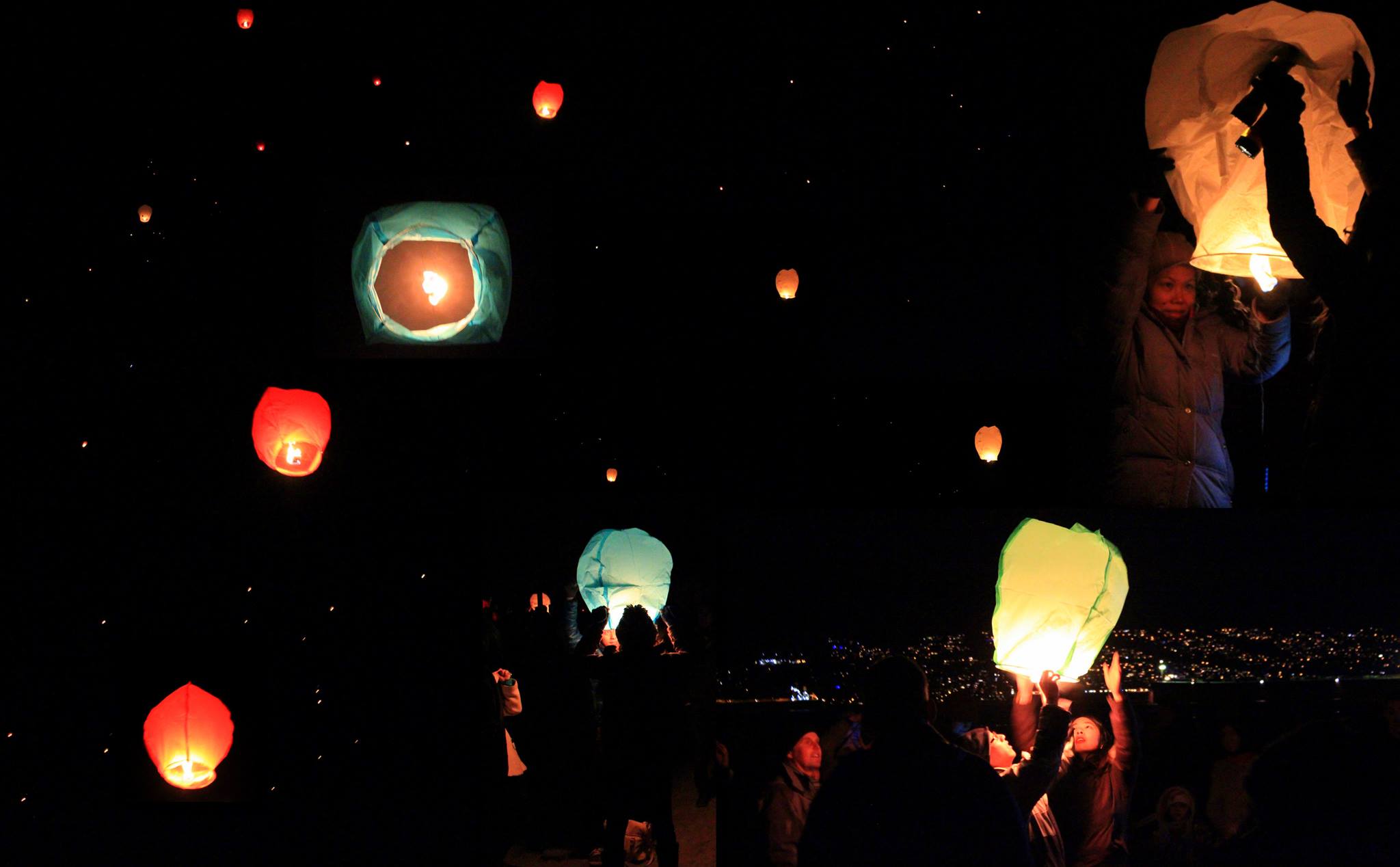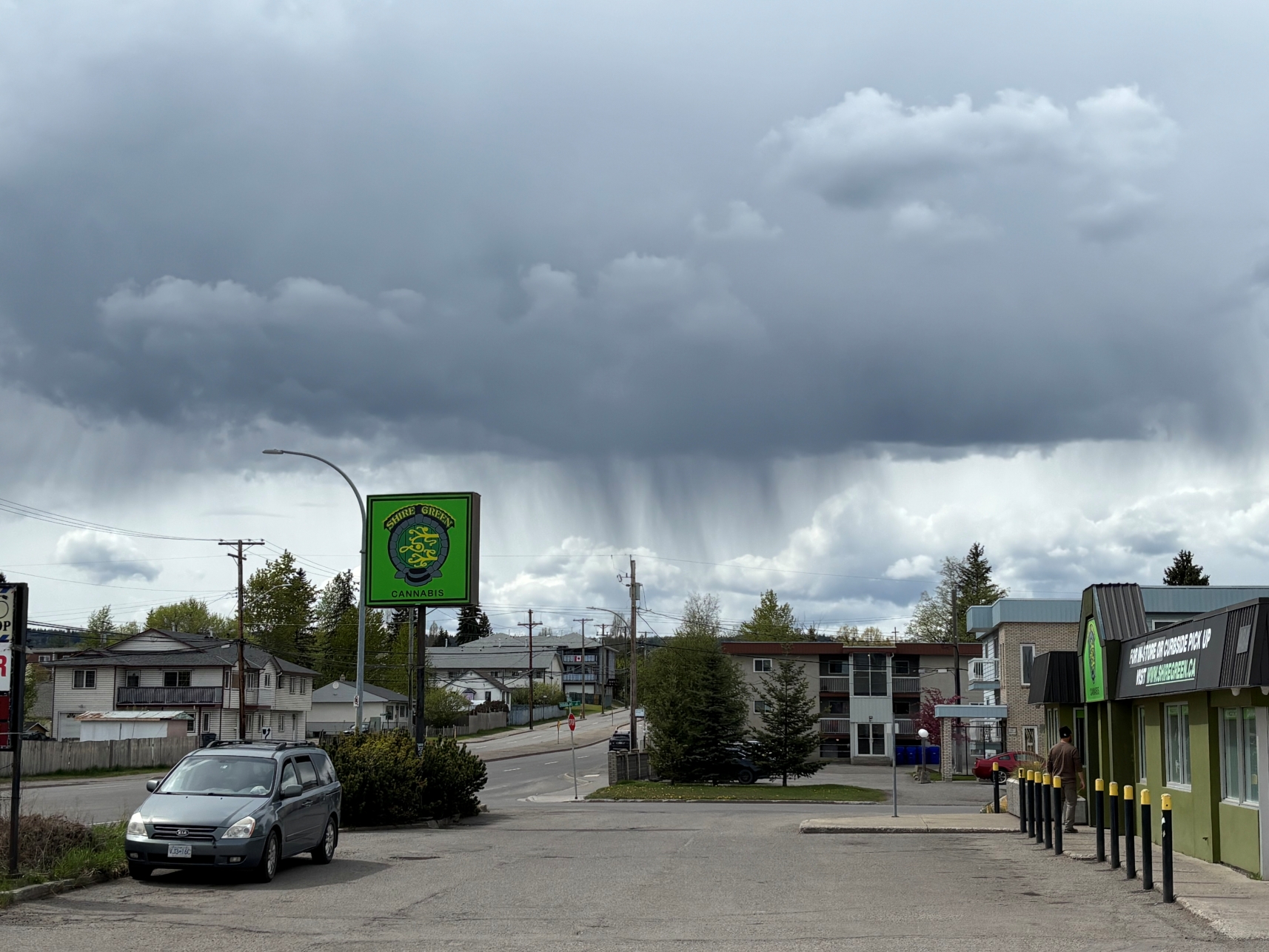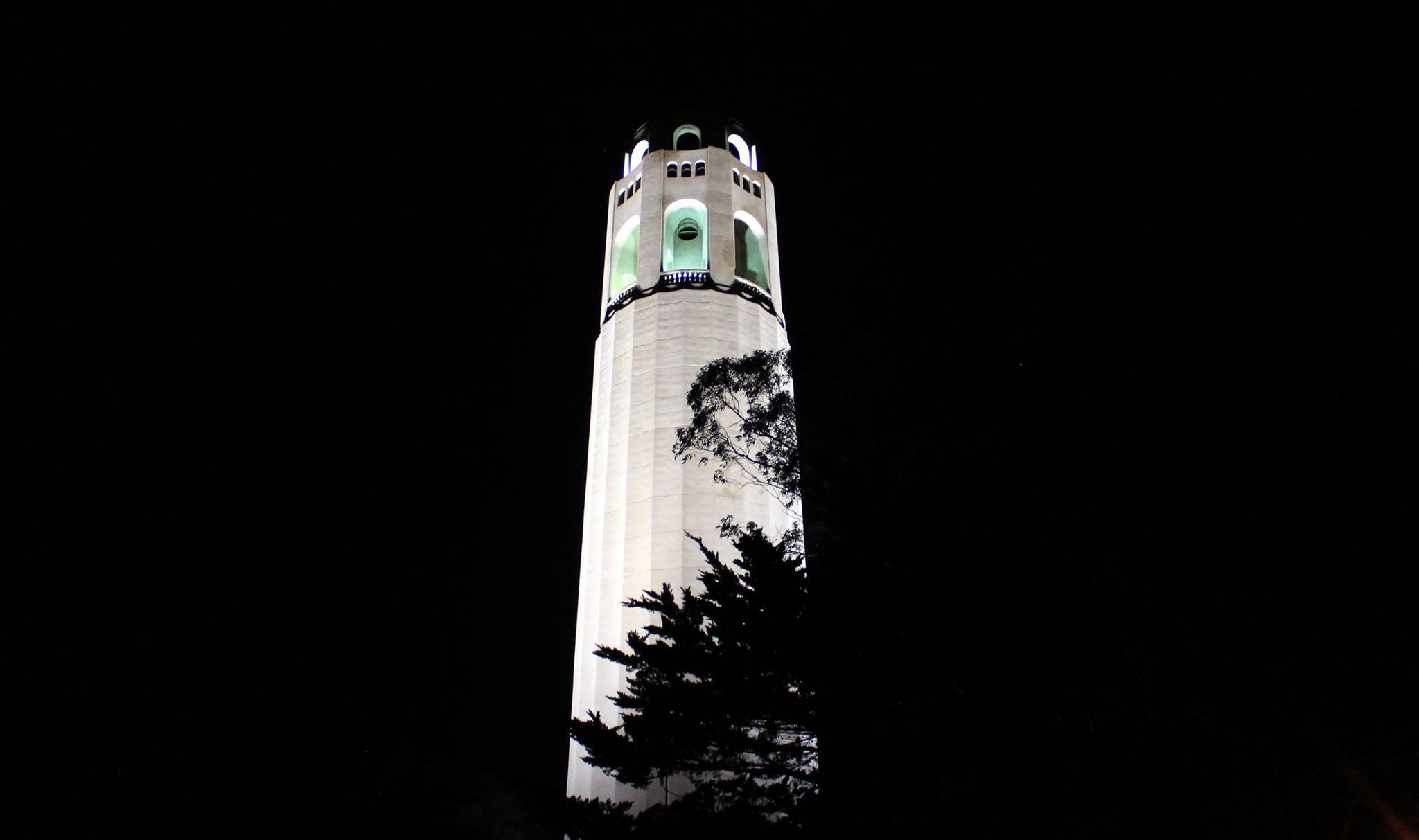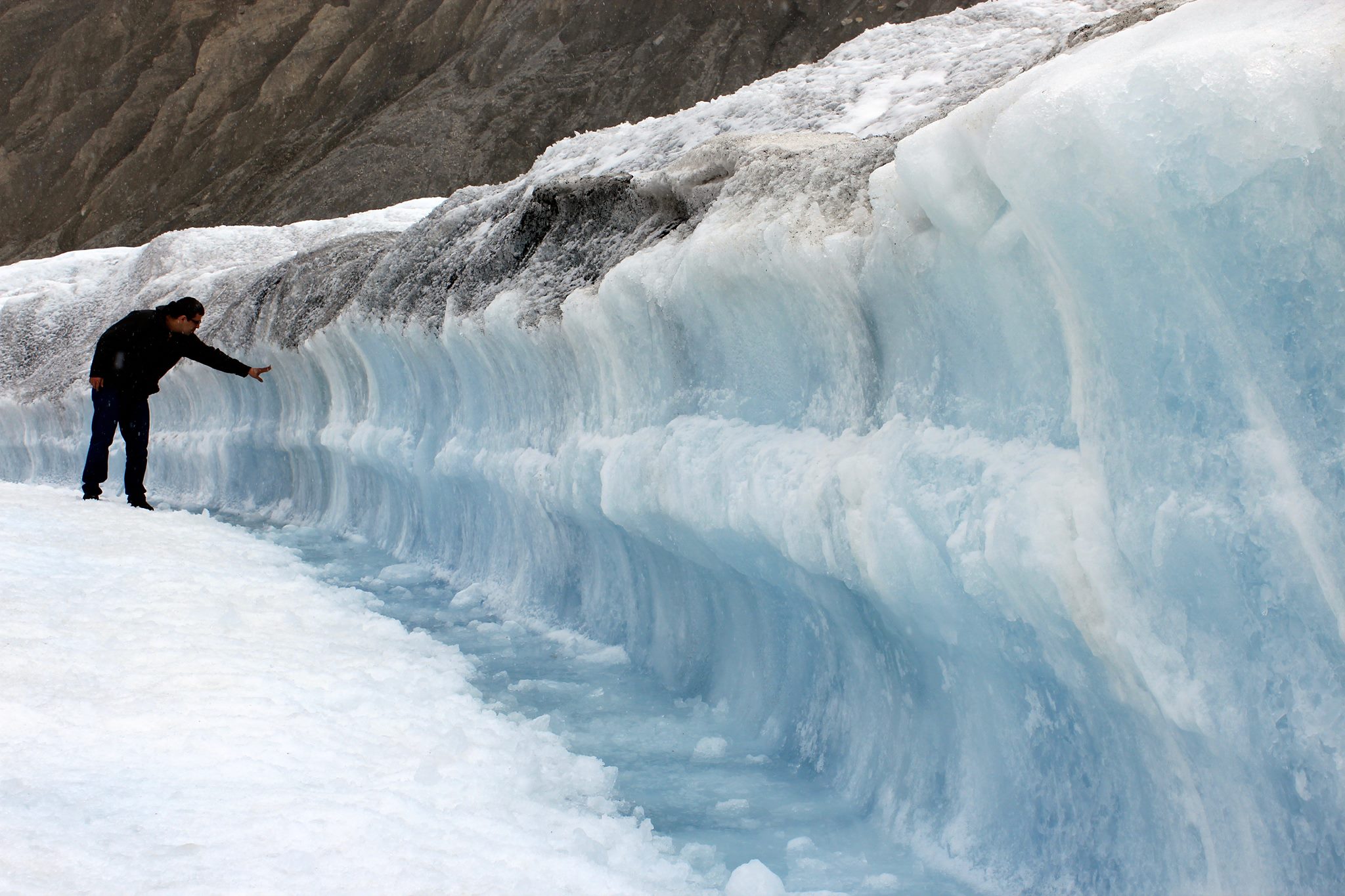-
“What do you do, exactly?”
It is a question that came up during a social outing last month. The inquirer was not curious about job titles, but skills. The specific competencies that I employ during work that are considered valuable by my employer. A question not too easy to answer and one I rarely reflect on, because I, like so many others, am consigned to work in order to be granted basic rights like food, shelter, and opportunities of self-expression.
While I have always tried to contribute to society in alignment with my values, interests, and in service to betterment for all, labor options are perennially limited. Having the privilege of a solid support network and financial security have also allowed me to pursue higher education or take breaks from employment without dire consequences – again, a dignity in life not yet available to all.
I returned to the question again recently. We live in a largely service economy, one rife with bullshit jobs where a large amount of “value” is tied to moving capital up and unsustainable growth to no end. When the economy “improves”, it disproportionately benefits those who already have capital, power, and the means to manipulate the system to their liking. You can probably tell I am not a big fan of how things are currently structured. I am unconvinced that we are meeting our fundamental commitment to future generations in all respects. But I also reject much of the talk of the alienation between the worker and the product; human societies and economies are complex beasts and we owe it to the collective to seek self-edification on how small, perhaps abstract acts, can build a better future for all. We need people who provide physical labor, but we also need systems thinkers. The alchemy required in each era shifts, largely guided by the alchemy of the economic order itself.
The difficulty comes within the degrees of good faith in which the efforts are undertaken.
-
Sky Lights

Eleven years ago, on a late winter evening in February, young adults – mostly students from local post-secondary institutions – made their way to Vancouver shores for a protest in solidarity with those marching the streets of Kyiv. They lit biodegradable sky lanterns and cast them into the darkness, reflecting on the symbolism afloat and enjoying the company of friends.
The gathering lasted an hour or so before the crowds dispersed. The flickering candles drifted away like reverse snowfall afire, above a city of more permanent embers. The dimming lights settling amongst stars.
Ephemeral wanderers cloaked by the cosmic veil. Yielding to its insignificance.
-
Dreadlock Holiday
The Rainbow Nation are World Test Champions! Their first ever ICC tournament win. I was unable to watch the first couple of days of the action, so missed the top-tier bowling displays from Australia’s legendary quartet and South Africa’s future hall-of-famer Rabada. Though I did catch most of Markram and Bavuma’s match-winning partnership on Friday morning. And saw every single being cheered as the batters rotated strike methodically towards a record run chase early Saturday.
The best team to never have won a global event no more, South Africa finally crossed the line in a final and in doing so notched a victory for cricket. A sport shambolically led by incompetent authorities that nonetheless produces thrilling contests despite constantly shooting itself in the foot. Just explaining the scope of international cricket and attempting to compare its formats, tournaments and politics to outsiders by contrasting it with other sports feels so often an exercise in futility. Nothing about it makes any sense. Anyway, kudos Proteas, thank the stars you beat the Aussies.
Which brings us to 10cc and their 1978 hit “Dreadlock Holiday”. I had the playlist going before the start of proceedings on Saturday to block out the silence and keep the tinnitus at bay, and the shuffle landed on this track just as the live feed began. The coincidental timing could not have been better. I kept the television muted and let the song play out. I had forgotten how sketchy the lyrics were; a bunch of white Mancunian guys singing about their experiences in the Caribbean will definitely have some tone-deaf moments. Through reggae no less. But this has been litigated over nearly five decades. No further comment here.
It is just that: I don’t like cricket. Oh no… I love it!
-
Urbex
 Undertaking urban exploration somewhere in rural Scotland, 2016 (credit: DL)
Undertaking urban exploration somewhere in rural Scotland, 2016 (credit: DL) -
Wisps of Water

I was stopped at a gas station a couple weeks ago and noticed that rain had begun falling towards the west. It is not every day you get dark collapsing clouds contrasted with a whiter backdrop this clearly, so I took a quick click.
In case you have not heard, Canada is on fire (again and on schedule). The prairie provinces are bone dry and alight. Every bit of rain during the warmer months melts the heightening anxiety among the collective.
Here in B.C., the fire season never truly stopped. The blazes in the far northeast of the province have been burning since last year, as an example. But things will slowly get worse. Every time I do a pre-summer drive from Prince George to Vancouver, as I did in mid-May, I gain an understanding of how bad the wildfire summer is likely to be. Those of us who have even a modicum of experience repeatedly surveying the land during critical periods can get a good sense of conditions.
The equation is simple – the greener, the better. We know it will get hot, we know our effect on the environment, and we know that aside from random dry lightning, people will continue to make stupid mistakes. I have rarely driven past an entirely yellowed or golden-browned B.C. Interior landscape and not seen it become a tinderbox. It does not mean mass evacuations or grand impacts to civilization are guaranteed, but it does not bode well. This year, things are looking bad. Not 2023 bad, which was the worst fire season on record, but bad enough. I foresee opening up CBC News in a couple months and having déjà vu, except I will be reading headlines pertaining to our backyard rather than Alberta, Saskatchewan or Manitoba.
-
Searching for Beacons
 Coit Tower, Telegraph Hill, San Francisco
Coit Tower, Telegraph Hill, San FranciscoWhat a ten days it has been.
Grand milestones celebrated. Childhood friends revisited. Animated rallies attended. Unfortunate losses counted. All amidst an uncomfortably stratified yet contiguous set of urban existences. More grating to this observer each passing day. A source of growing defeatism rather than drive, though the latter’s leading quota is irreplaceable.
Port City hardly ever disappoints. That post, by the way, is not only my brief ode to Vancouver, but a reflection of its place in my life. A larger metaphor for a transitory phase of existence, one that continues to extend beyond expected timelines. I mean, I have been in Prince George for nearly four years. I should have made a home of this place. And yet… the apartment continues to resemble a waystation. It was about this time last year when I was musing about transience and its associated luggage. Funny how the seasonal patterns ripple in time.
It is a question still on my mind: Quelle heure est-il au Paradis?
Today’s photo is of a tower many of you may be familiar with, its cold white concrete illuminated at night. A landmark – an imposition of beauty – on a similar metropolis not so far away.
Perhaps this picture came to mind because this traveler’s thoughts are on beacons, or lack thereof. The course-correcting kind that arrive in the form of people, decisions, and moral will that seem to always be scarce. We are all living in Omelas and happy to champion its cruel vision.
-
Bee and Bloom
 A pollinator at work in Edinburgh’s Royal Botanic Gardens, Spring 2016
A pollinator at work in Edinburgh’s Royal Botanic Gardens, Spring 2016A welcome lull in the blog continues as I visit with family and friends. The flowering season in full flow. Expect more substantive updates by June.
-
Retreating Ice
 Athabasca Glacier in summer melt. Columbia Icefield, 2012.
Athabasca Glacier in summer melt. Columbia Icefield, 2012. -
Weekly Picks – May 11, 2025
 Credit (left to right): Spencer Platt/ Getty Images; Lucasfilm/ Disney+; Getty Images
Credit (left to right): Spencer Platt/ Getty Images; Lucasfilm/ Disney+; Getty Images[Update: this is the last ‘Weekly Picks’ post published to the blog. Additional notes here.]
Please note: I will be unable to share ‘Weekly Picks’ on May 18 and 25 due to a packed schedule. ‘Weekly Photo’ posts will continue uninterrupted.
This week’s collection:
- Doing Their Own Research | New York Review of Books
- The Right to Be Hostile | Boston Review
- The burning river that fuelled a US green movement | BBC
- The path to the Death Star is paved with lies | Salon
- The Fight for the Soul of Video Games | The Nation
Find out how these lists are compiled at The Explainer.
Introductory excerpts quoted below. For full text (and context) or video, please view the original piece.
-
Light Art

I cannot pretend to understand all that flies under the moniker of ‘modern art’, but this piece must have made enough of an impression on me as it became my phone wallpaper for many years.
A friend and I were in Montreal in the early Spring of 2019, at the start of their flood season. Medium-scale emergency responses were underway not too far from where we were grabbing fancy breakfasts, visiting bookstores, and touring museums. Not my typical vacation itinerary, but I was happy to yield the planning reins and tag along.
I knew about the disasters, by the way, because I was employed by the Canadian Red Cross at the time. Each morning began with a new bombardment of email notifications requesting volunteers to support with sandbagging, relief efforts, and reception shelters. (I was not eligible to assist as I could not speak French.) I am not sure why we chose to visit the city during its rainiest time, but it was a fun vacation regardless.
A significant part of it was spent discovering hidden treasures like random underground scenes (some literally underground). Places of diverse art, where you could stumble upon a group sitting together listening to a recording of someone’s a cappella humming composition, view an interpretive dance installation, encase yourself in an interactive moon display with beanbag chairs… you get the gist.